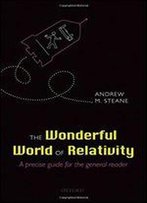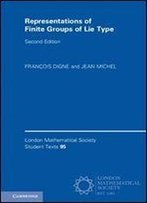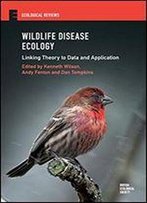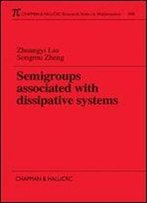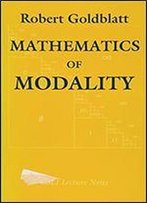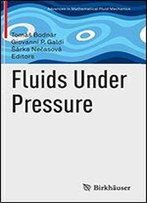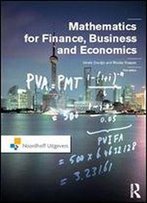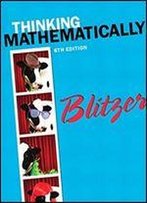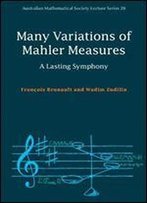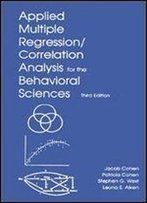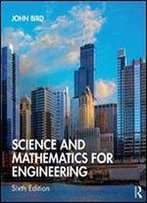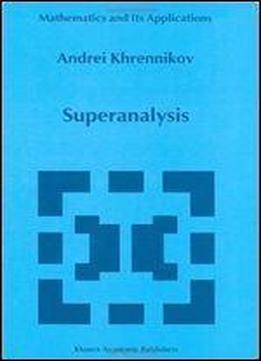
Superanalysis (mathematics And Its Applications, Vol. 470)
by Andrei Y. Khrennikov /
1999 / English / PDF
5.8 MB Download
This work can be recommended as an extensive course in superanalysis, the theory of functions of commuting and anticommuting variables. It follows the so-called functional superanalysis which was developed by J. Schwinger, B. De Witt, A. Rogers, V.S. Vladimirov and I.V. Volovich, Yu. Kobayashi and S. Nagamashi, M. Batchelor, U. Buzzo and R. Cianci and the present author. In this approach, superspace is defined as a set of points on which commuting and anticommuting coordinates are given. Thus functional superanalysis is a natural generalization of Newton's analysis (on real space) and strongly differs from the so-called algebraic analysis which has no functions of superpoints, and where `functions' are just elements of Grassmann algebras. This volume is important for quantum physics in that it offers the possibility of extending the notion of space, and of operating on spaces which are described by noncommuting coordinates. These supercoordinates, which are described by an infinite number of ordinary real, complex or p-adic coordinates, are interpreted as creation or annihilation operators of quantum field theory. Subjects treated include differential calculus, including Cauchy-Riemann conditions, on superspaces over supercommutative Banach and topological superalgebras integral calculus, including integration of differential forms theory of distributions and linear partial differential equations with constant coefficients calculus of pseudo-differential operators analysis on infinite-dimensional superspaces over supercommutative Banach and topological supermodules infinite-dimensional superdistributions and Feynman integrals with applications to superfield theory noncommutative probabilities (central limit theorem) and non-Archimedean superanalysis. Audience: This volume will be of interest to researchers and postgraduate students whose work involves functional analysis, Feynman integration and distribution theory on infinite-dimensional (super)spaces and its applications to quantum physics, supersymmetry, superfield theory and supergravity.
